MedievalReporter.com
Covering history's most marvelous millennium
Join our newsletter!

Covering history's most marvelous millennium
Covering history's most marvelous millennium
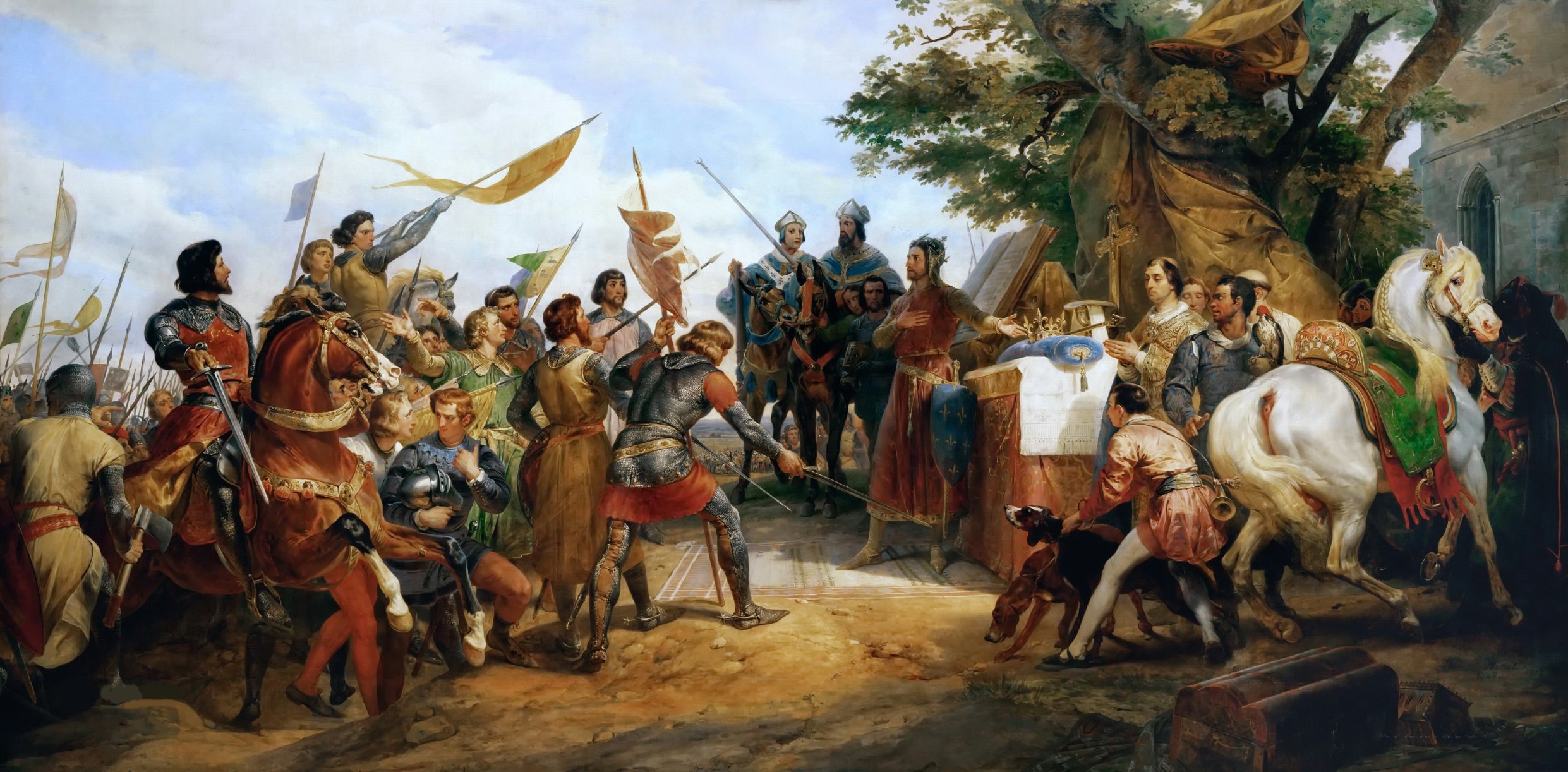
Thousands of knights and even more infantrymen fought each other near the then-Flemish town of Bouvines in 1214 CE. The Kingdom of France went head-to-head against the combined forces of the Holy Roman Empire, the Kingdom of England and the County of Flanders. The outcome of the Battle of Bouvines shook royal courts throughout Europe, leading to the immediate collapse of the Angevin Empire.
Grab a short intro to the English from our Medieval Guidebook.
As late as the 1190s, the kings of France and England had campaigned side-by-side in the Holy Land.
For England, king Richard I – better known as Richard ‘Lionheart’ – was present; the French were commanded by Philip II ‘Augustus’. A couple of years earlier, the city of Jerusalem had fallen to the muslim sultan Saladin. To revert his conquests and “liberate” the Holy City, Richard and Philip had gone on crusade – together.
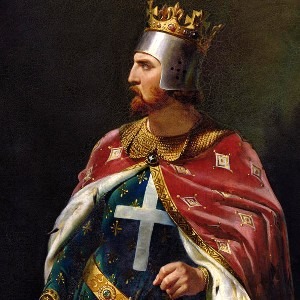
But even when confronted with such a mighty common enemy, Richard and Philip rarely saw eye to eye. There was something off about the feudal relations between them. As a result of the Norman conquest, the kings of England were simultaneously dukes of Normandy – and thus a vassal of the king of France.
This technically meant that the king of England was the subject of his French colleague. Unsurprisingly, this situation didn’t sit well with the English kings, turning Richard Lionheart and Philip Augustus into natural rivals.
Moreover, the English kings ruled over territories on the continent that – taken together – were larger than England itself. This composite state was known as the Angevin Empire, after its heartland Anjou (in modern-day France). Illustratively, the “English” king Lionheart spoke French and Occitan; spent less than six months in England after his coronation; and had his heart buried in Rouen, France.
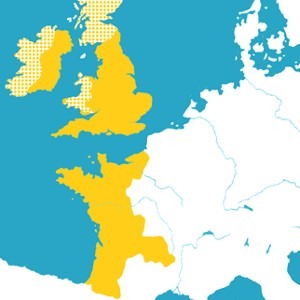
Evidently, the fates of France and England were intertwined in a way that even the mightiest monarch could not neglect.
When Lionheart died in 1199, his younger brother John succeeded him. Philip Augustus immediately tried to rally the continental nobles inside the Angevin Empire behind a rival claimant, hoping to set them up against their English peers. King John, as yet insecure on the throne, was forced to spend much of his time in France as well.
– advertisement –
– article continues below –
King John moved to France posthaste and tried to forcibly persuade his continental subjects to reject the advances of the French king. Despite having an army at his back, his position was weak and his authority wanting. Up until that point, people had even called him John Lackland, as he had not been expected – as a brother – to inherit Richard’s lands.
Whilst in France, John was also unfriendly towards the allies that he did have. He alienated the Angevin nobility by ignoring their advice, although it were precisely his continental subjects that had the most experience fighting the French. On top of that, king John also had the rival claimant – the one that Philip Augustus had propped up – murdered.
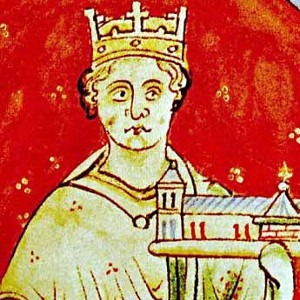
As John’s position slowly worsened, the French army gathered to the east of Normandy and invaded the ancestral lands of the English kings. Richard Lionheart had built the famous Chateau Gaillard precisely to block a French thrust from this direction. But king John, rather than making the most of this impressive bulwark, moved into Brittany to try and lure Philip Augustus away.
The Duchy of Brittany had recently risen in revolt against John, aiming to desert him in favor of king Philip. It now suffered greatly under the crackdown campaign conducted by John, but in the meantime, the French reaped the rewards. With Normandy lightly defended, Philip conquered Gaillard.
The rest of the duchy of Normandy now lay wide open. The French conquered it completely in 1204 and took hold of Anjou as well, that other ancestral homeland of the English monarchy. In little more than five years at the head of the Angevin Empire, king John had lost Normandy, Brittany and Anjou.
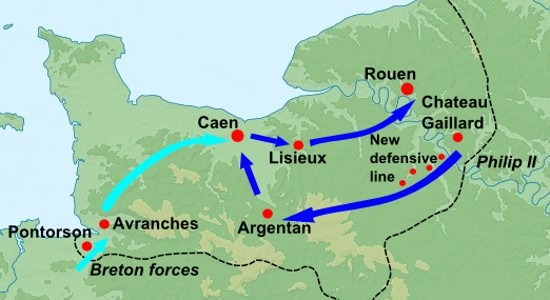
John did not regard the loss of Normandy and Anjou as a great tragedy. Instead, he spent the following years steadily expanding his forces. Fortunately for him, France’s gains started to worry its eastern neighbor, the Holy Roman Empire.
The Empire was in turmoil because of one of Lionheart’s last acts: the English king had named his nephew Otto as the next emperor in a disputed election. Although this was heavily contested and led to civil war, by the time John was king, Otto’s position as emperor had somewhat stabilized. Now the time came to repay his English/Angevin family members for their support of his career. England and the Empire allied against Philip Augustus.
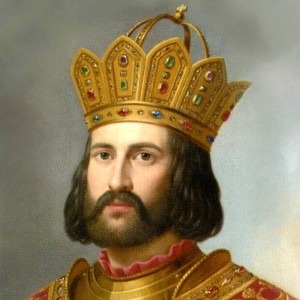
Meanwhile, king John built up his armed forces and implemented innovations in ship design to improve his fleet. By 1212, Otto and John were ready to crush France between their two empires. Philip Augustus, however, decided to deliver the first strike and invaded Flanders, hoping to create a bridgehead from which to invade England itself.
Since service in France was unpopular with the English barons, John’s response took a while to gather force. But when his fleet did set sail, Philip was in dire straits. The new and improved English vessels delivered a devastating blow to the French fleet at Damme, in modern Belgium.
Philip’s hopes of invading England were destroyed in a single day. The fate of the war would have to be settled on the continent.
The French found themselves in a prickly situation. Although king John had lost most of his northern territorial possessions, he still controlled land in the south of France: Aquitaine and Gascony. His plan was to harass the French from there, while the Holy Roman Emperor invaded from the north.
Philip Augustus refused to divert resources south and chose to fight the imperial forces first. John’s own campaign was therefore quite successful: he even managed to retake Anjou. But in the meantime, the emperor was left to fend for himself.
The French and imperial armies met near the Flemish town of Bouvines, in 1214 CE.
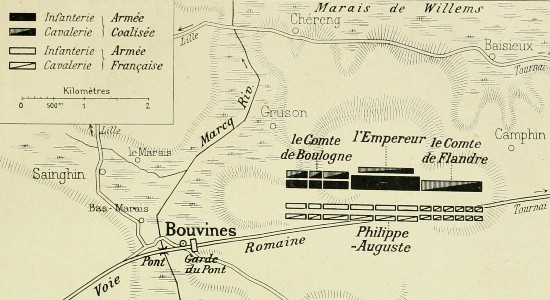
The army of Philip Augustus numbered over 6,000, of which at least 1,200 were knights. A further 2,000 were high-quality mercenaries, but the other 3,000 were rather low-quality urban militia. Their battle order was as follows:
Emperor Otto IV fielded nearly 9,000 men, outnumbering the French almost 3:2. The imperial army consisted of nearly 1,500 knights, of which 600 were from Flanders (current-day northern Belgium) and nearly 500 from Hainaut (in present-day southern Belgium). Otto’s battle order was:
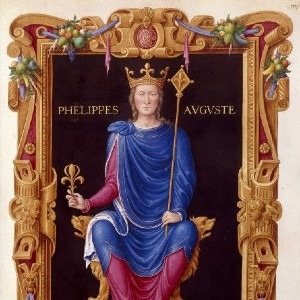
The battle started on the French right, or the allied left. A light-cavalry probing attack by the French provoked a furious charge of the Flemish knights in the allied camp. Hundreds of heavily-armored Burgundian knights then joined the fray, in a chivalrous melee.
Things looked dire for the French when the horse of the Burgundian duke was killed from under him, but he was saved by his bannermen, who promptly found him a new mount. Relieved and reinvigorated, the French right now launched charge after charge. Better organized than their Flemish opponents, the French knights ultimately unhorsed and captured the count of Flanders – triggering a collapse of morale all along the allied left.
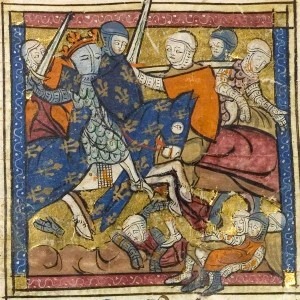
In the center, the imperial forces had great success. Otto’s infantry beat back the French urban militia before them and even managed to reach Philip Augustus himself. Using their long pikes, they ultimately unhorsed the French king.
Waving his royal banner in desperation, Philip Augustus was reinforced posthaste by all reserve forces nearby. A chaotic free-for-all now ensued, with the French king and the Holy Roman Emperor themselves participating in the midst of it. A French knight managed to stab emperor Otto, who subsequently fled the field.
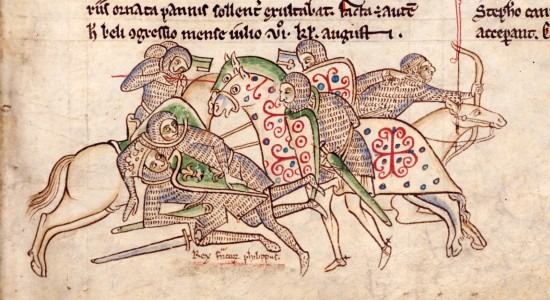
The German knights continued the fight, but – demotivated by the flight of their monarch – were cut down to the last man. The imperial standard fell into French hands. The allied center had caved in.
On the allied right, the English saw what was happening in the center, turned their horses around, and departed. The remaining Brabantians were on foot and could only surrender to the Breton soldiers in front of them.
As the French wings were pressing in behind the imperial center to cut off their retreat, the fleeing forces organized a famous last stand.
Two years earlier, Philip Augustus had taken the lands of his vassal Reginald of Boulogne. Plotting for revenge, this nobleman had consequently conspired with king John and joined Otto’s invasion. He now found himself in the retreating imperial center. With the emperor long gone and desperate not to fall into the hands of the French king, Reginald ordered a fight to the death.
He formed a ring of hundreds of the famous Brabantian pikemen, using a schiltrom formation. Reginald himself led small sorties with a handful of knights to kill as many French as he could. Meanwhile, the pikemen thwarted charge after charge conducted by Philip Augustus.
In the end, it cost the French hours and countless lives to take take the schiltrom down. Despite his fierce resistance, Reginald was finally taken prisoner. Philip Augustus locked him up in a castle deep in France, where Reginald ended his own life in sorrow and frustration.
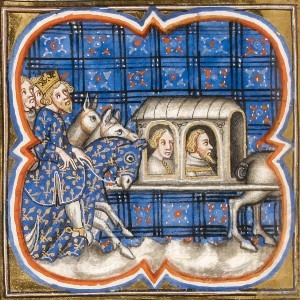
– advertisement –
– article continues below –
After the French victory at Bouvines, king John retreated to the Atlantic coast. His plan of a two-pronged approach had gone awry. His nephew Otto, although emperor of the powerful Holy Roman Empire, had failed to deliver the necessary blow to France.
The Battle of Bouvines was of momentous importance to all realms involved.
Philip Augustus entered Paris in triumph, marching a long line of prisoners before him. By focusing on the imperial/allied army instead of fighting king John in Anjou, he had defeated both the Holy Roman Empire and England. What’s more, king Philip was able to hold on to Normandy and Brittany, and quickly retook Anjou.
He formally added Normandy and Anjou to his royal domains, while Brittany followed a course of its own. Whereas earlier the kings of England, with their Angevin Empire, had been the most powerful monarchs in France, now Philip claimed that position – earning the nickname ‘Augustus’. Although there were still dark days ahead for France, king Philip laid the foundation for a strongly centralized monarchy that would last for centuries.
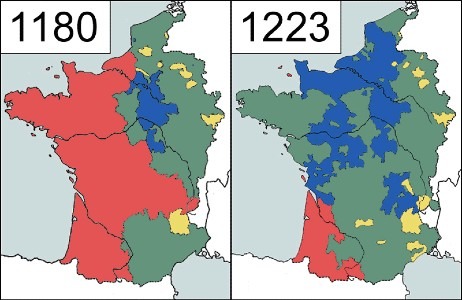
Speaking of the Angevin Empire, it collapsed almost instantly after the Battle of Bouvines. King John’s campaign in France had never been popular with the English barons. When he returned home defeated, they forced him to sign the Magna Carta, greatly limiting the authority of the kings of England.
The third major participant, the Holy Roman Empire, soon slid into a constitutional crisis. Emperor Otto had always been accused of having been placed on the throne by Richard Lionheart. Disastrously defeated, his rival Frederick now claimed the empire for himself. He would rule as Frederick II, one of the most powerful rulers in the Empire’s history. Otto was deposed, retreated to his castle, and died of disease only a couple of years later.
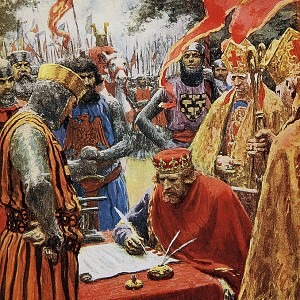
Disclosure: we work hard to provide you with exclusive medieval reports and guides. To make the Middle Ages accessible to everybody, we’d like this information to remain FREE. Therefore, some of the links below are affiliate links, meaning – at no additional cost to you – we will earn a small compensation if you click through.
Comments are closed.
I’ve been browsing on-line a lot as of late, yet I by no means found any attention-grabbing article like yours. It’s beautiful value for me.
Hi, Bleich! Thank you so much for letting me know what you thought of this article. Appreciated!